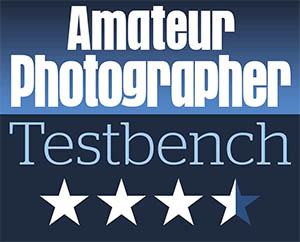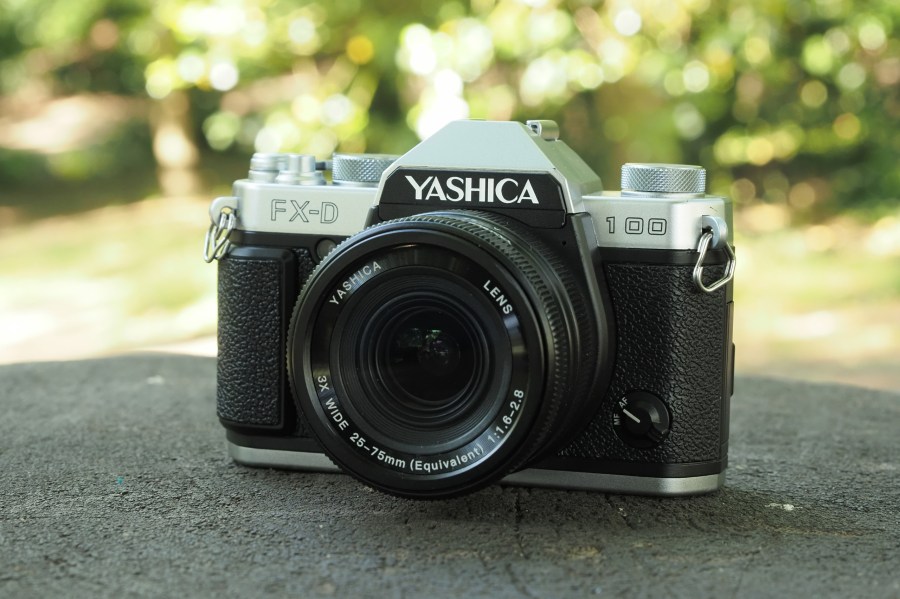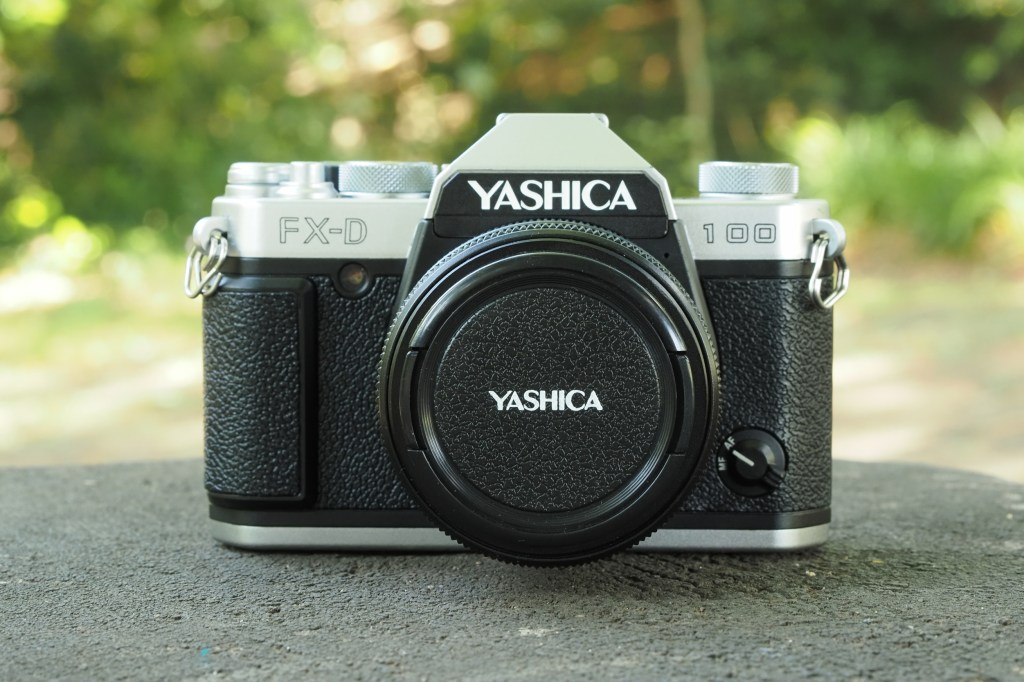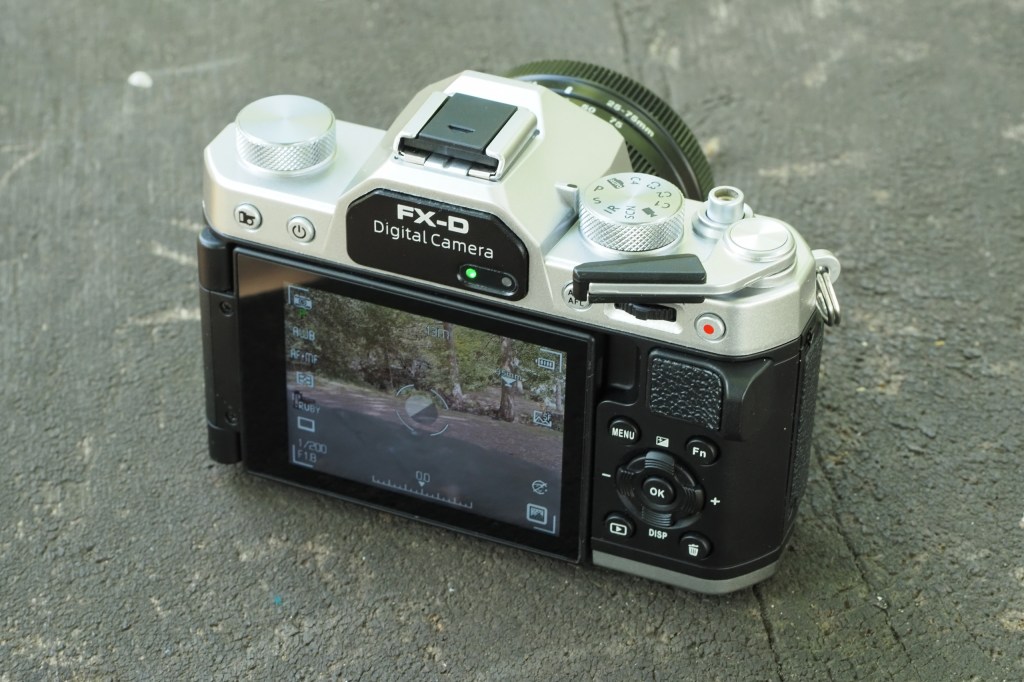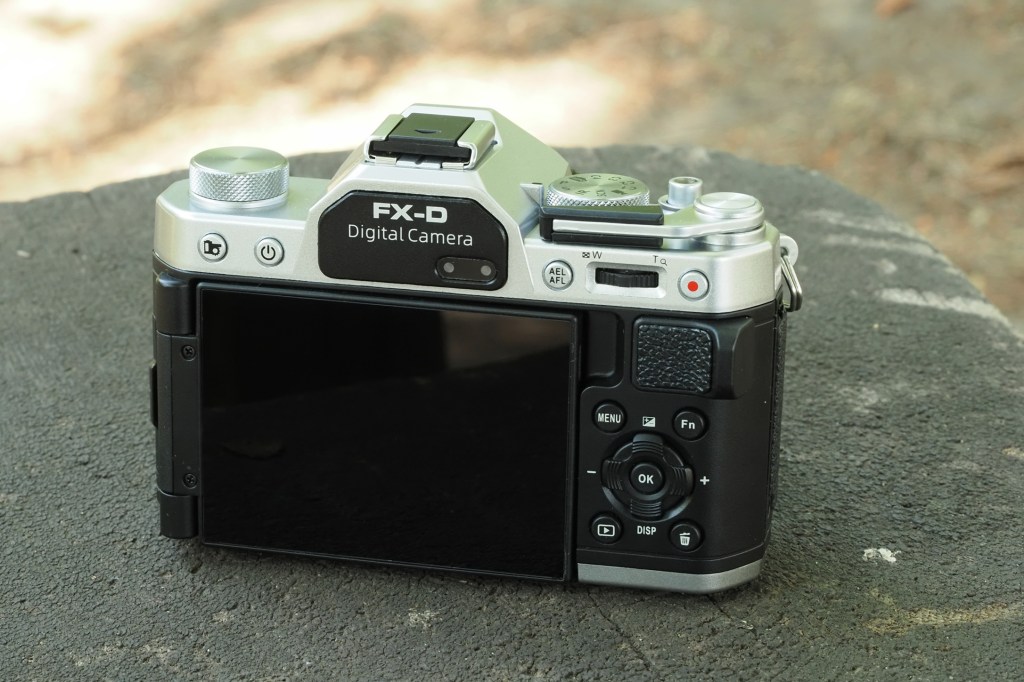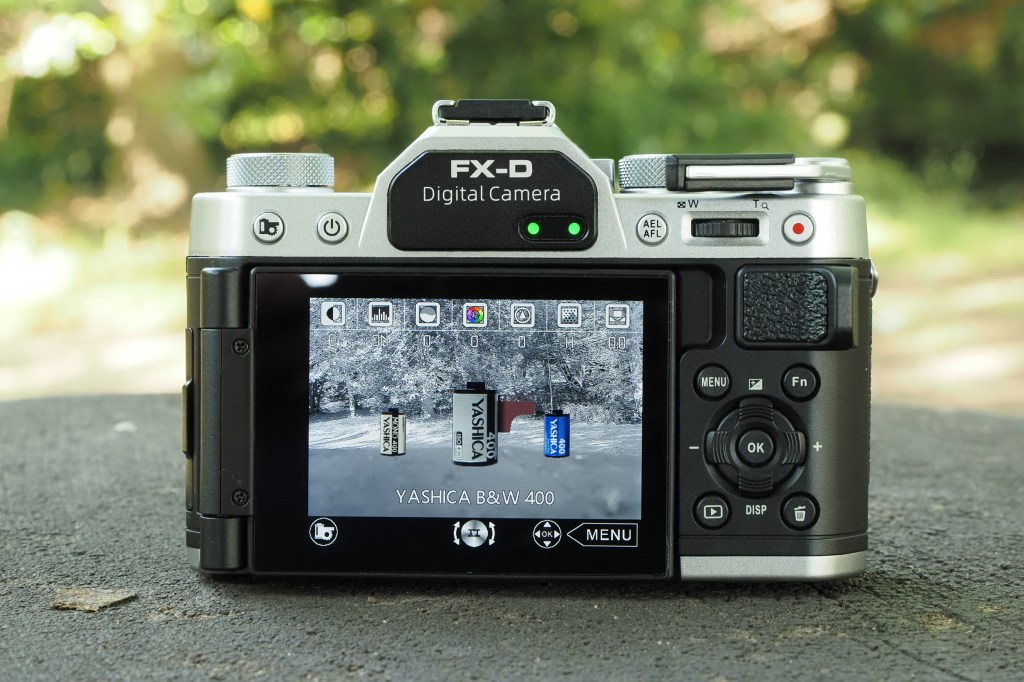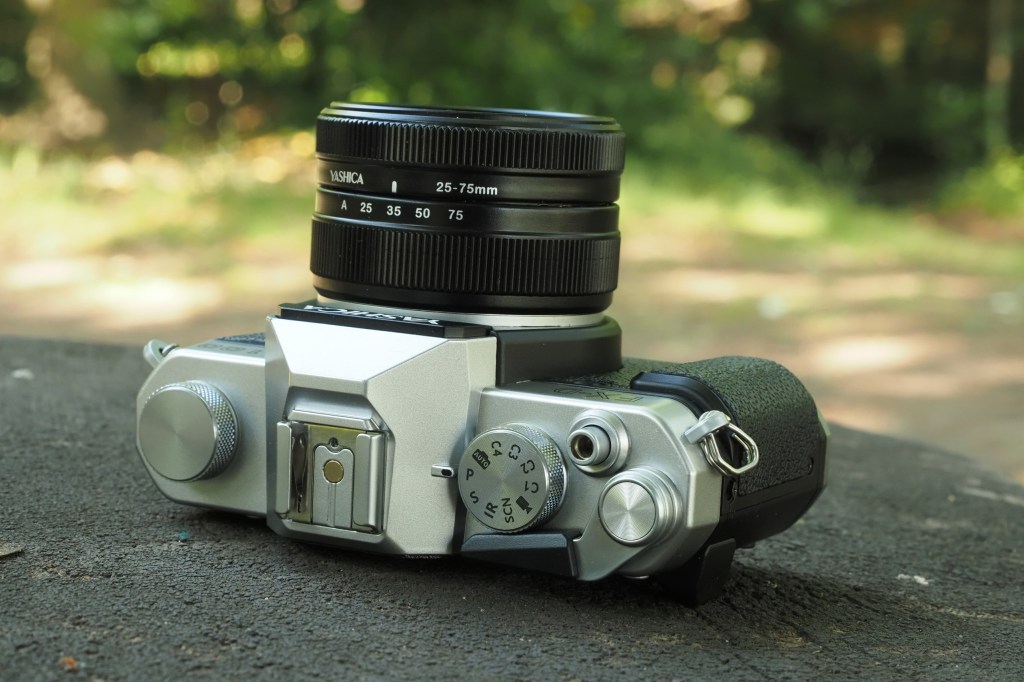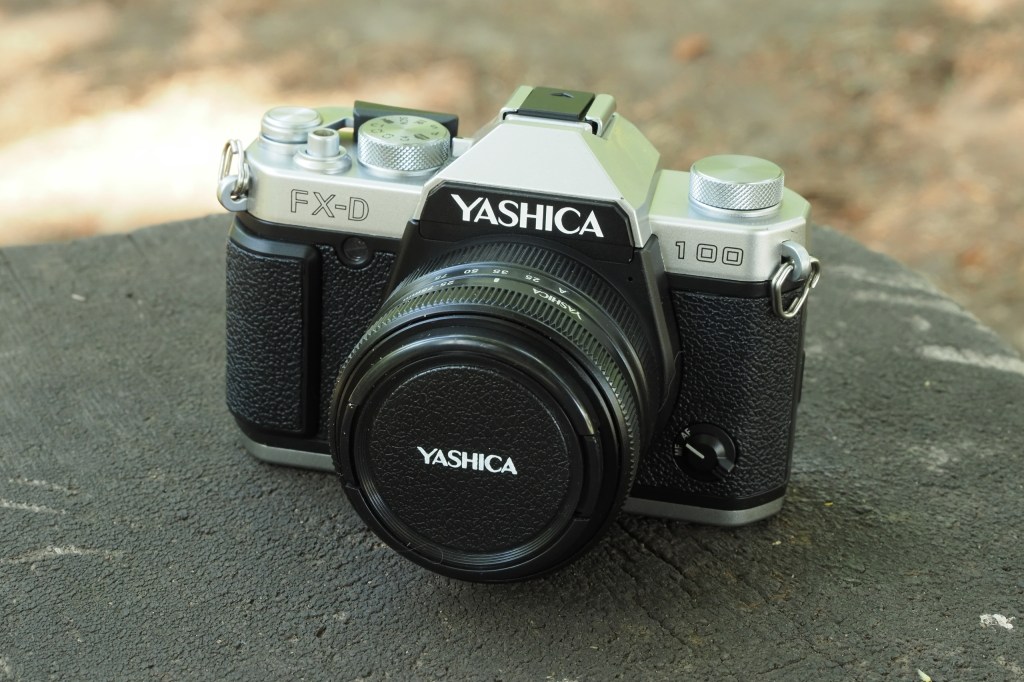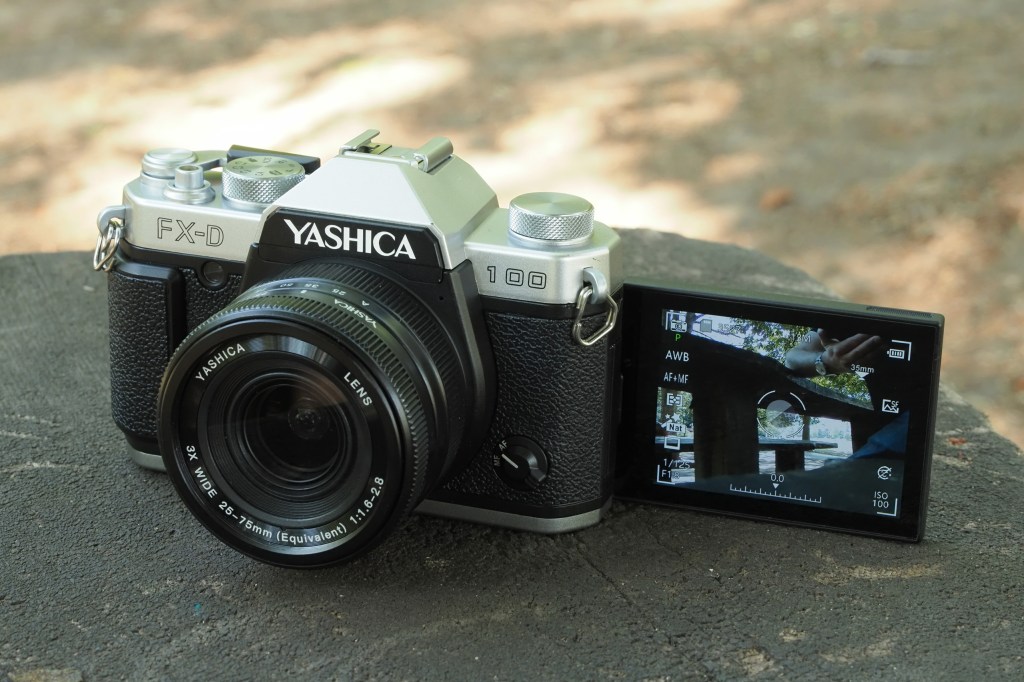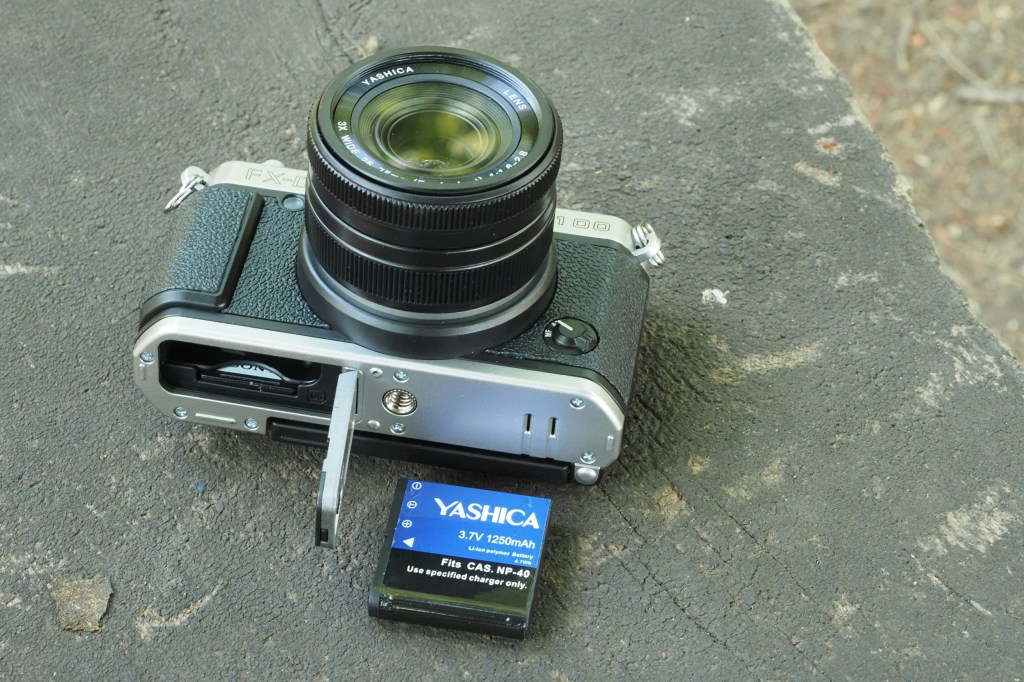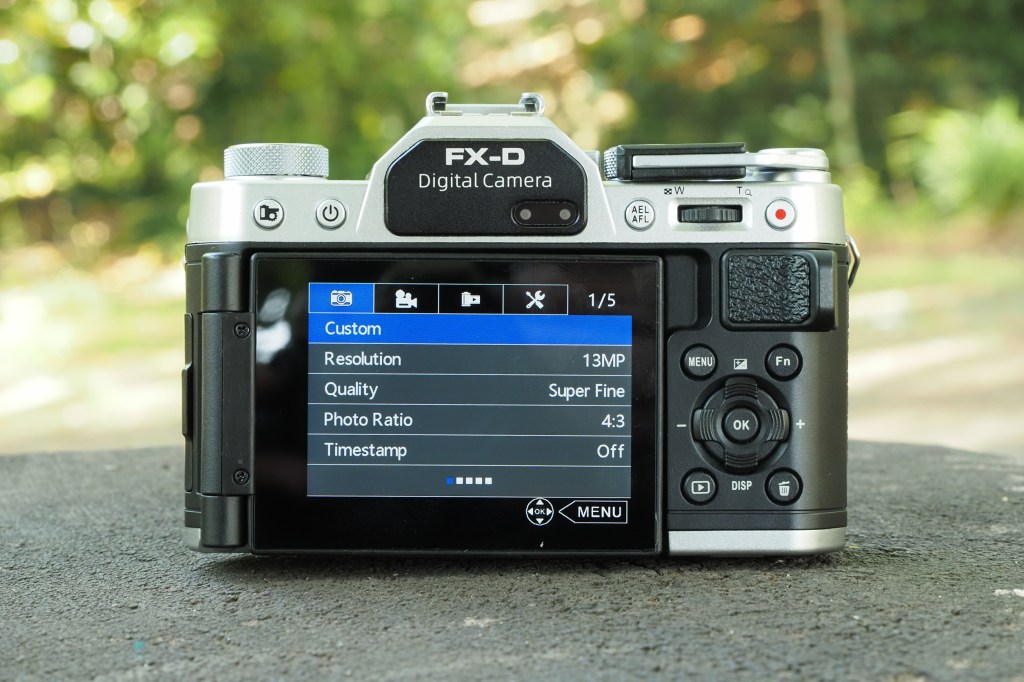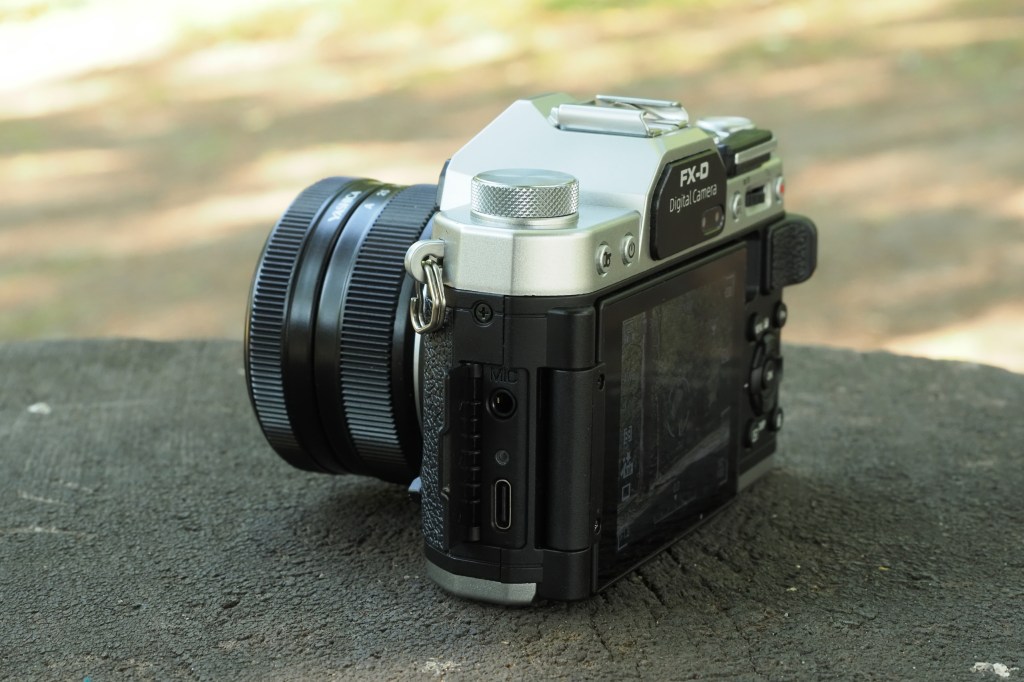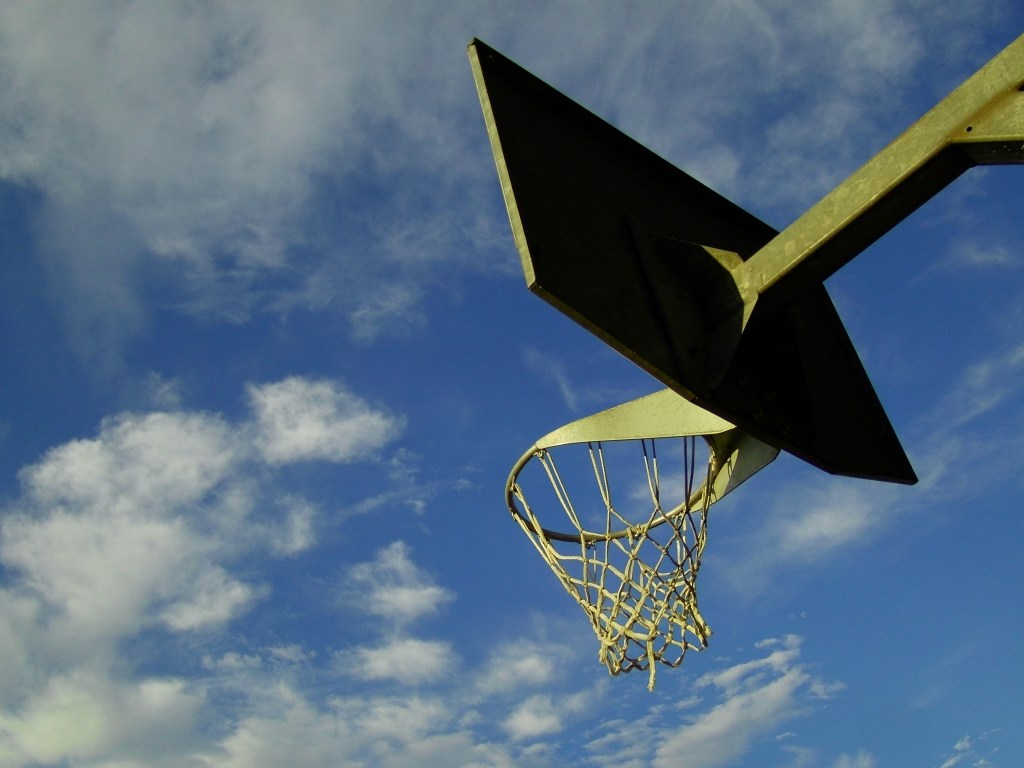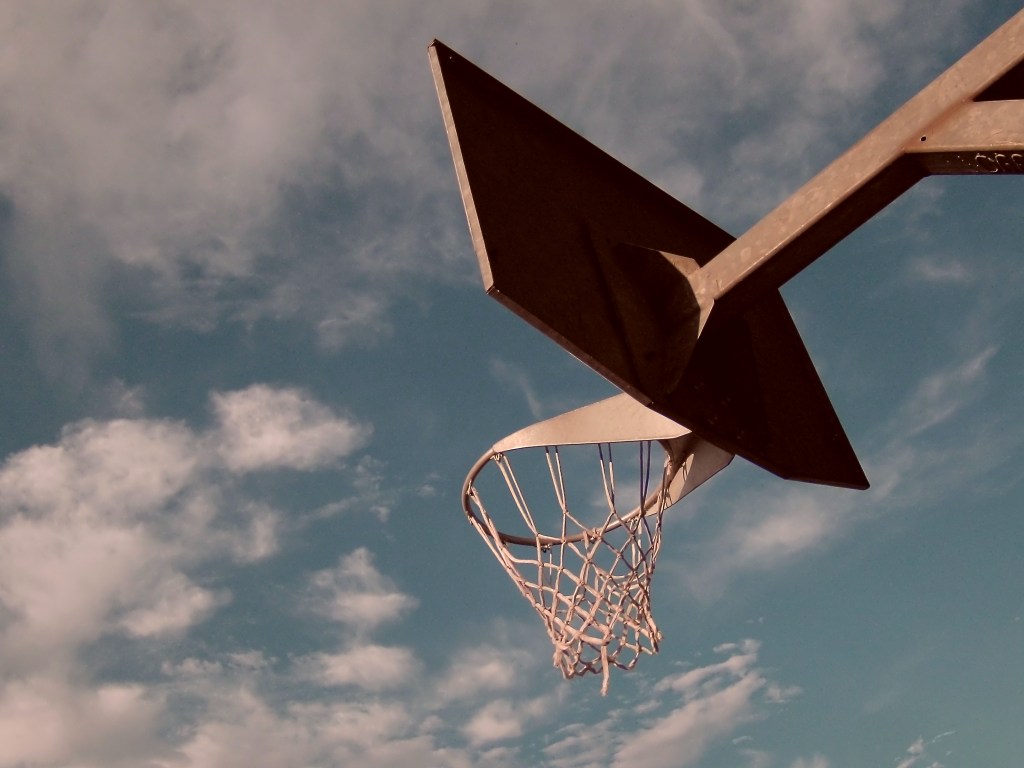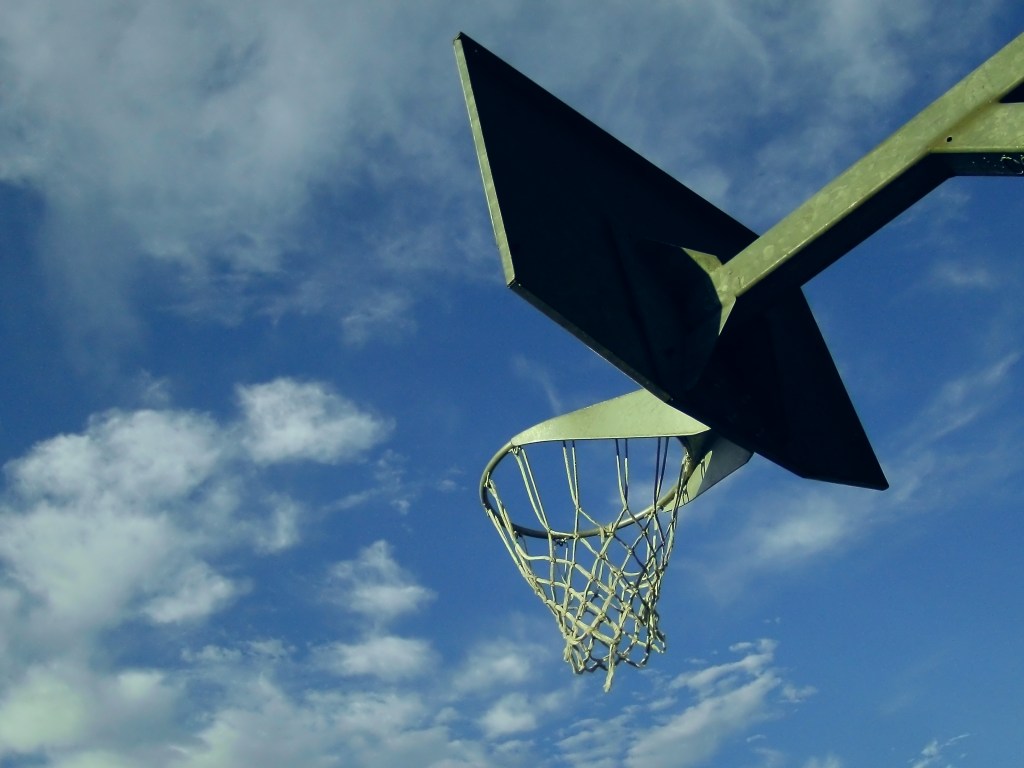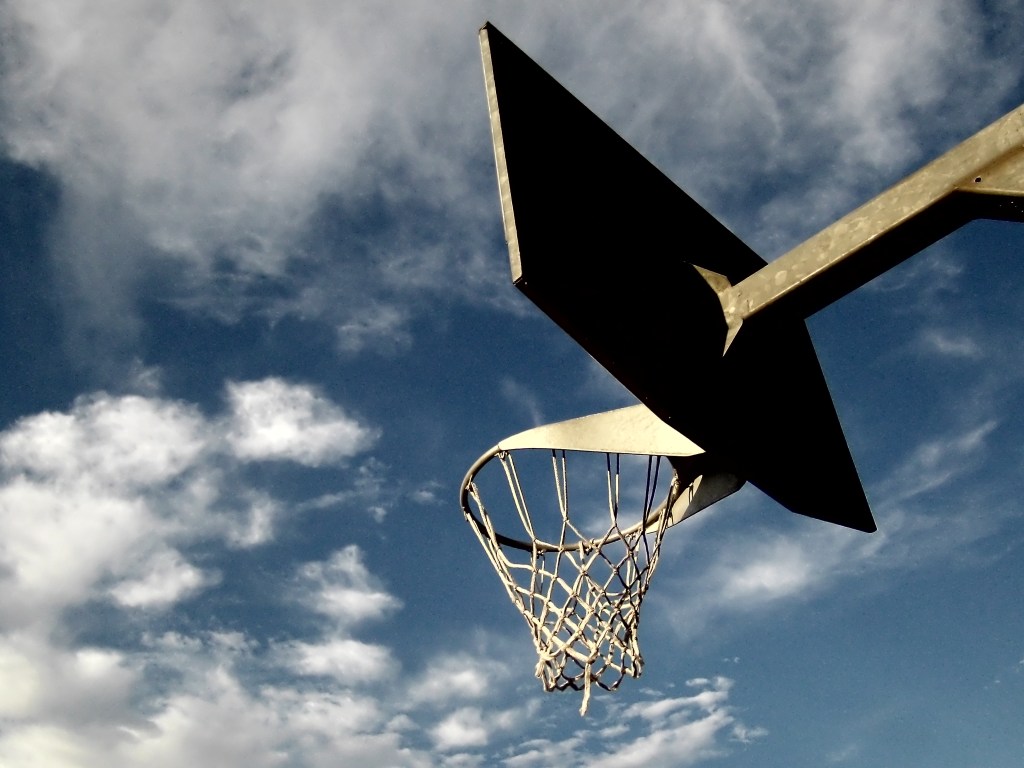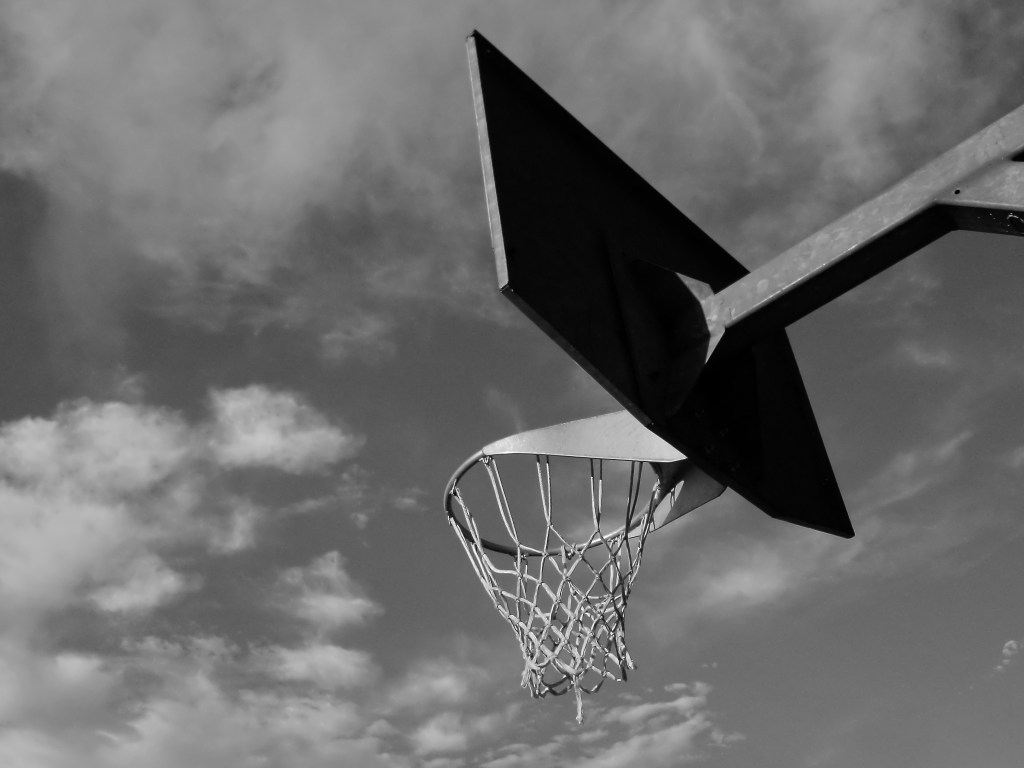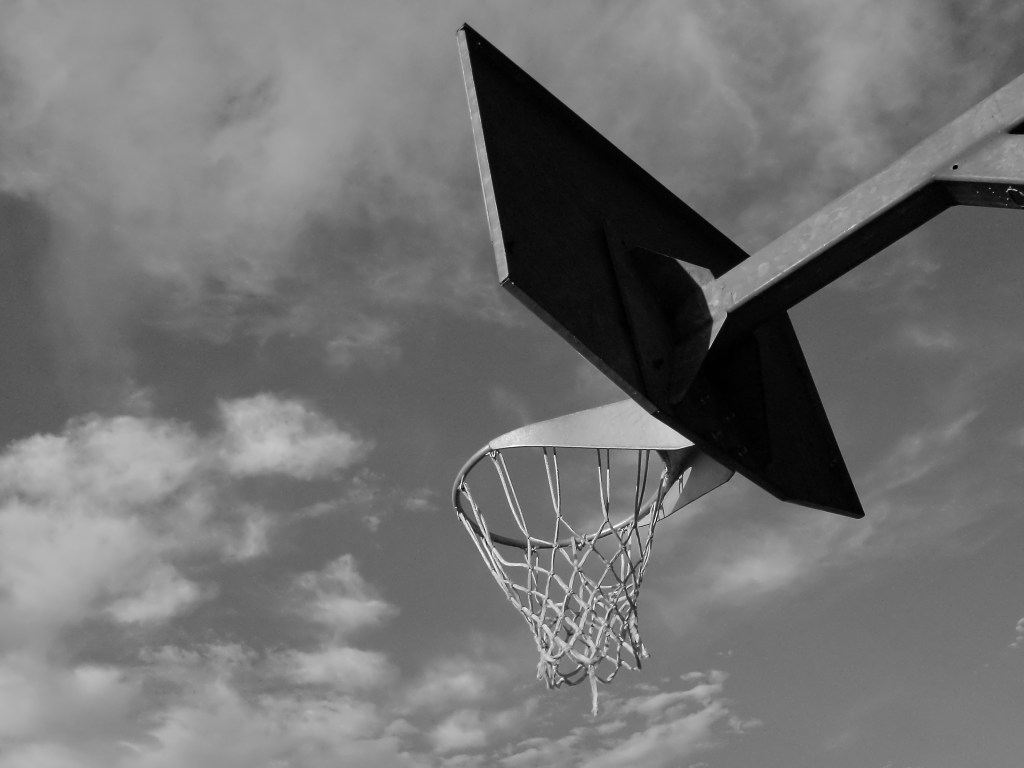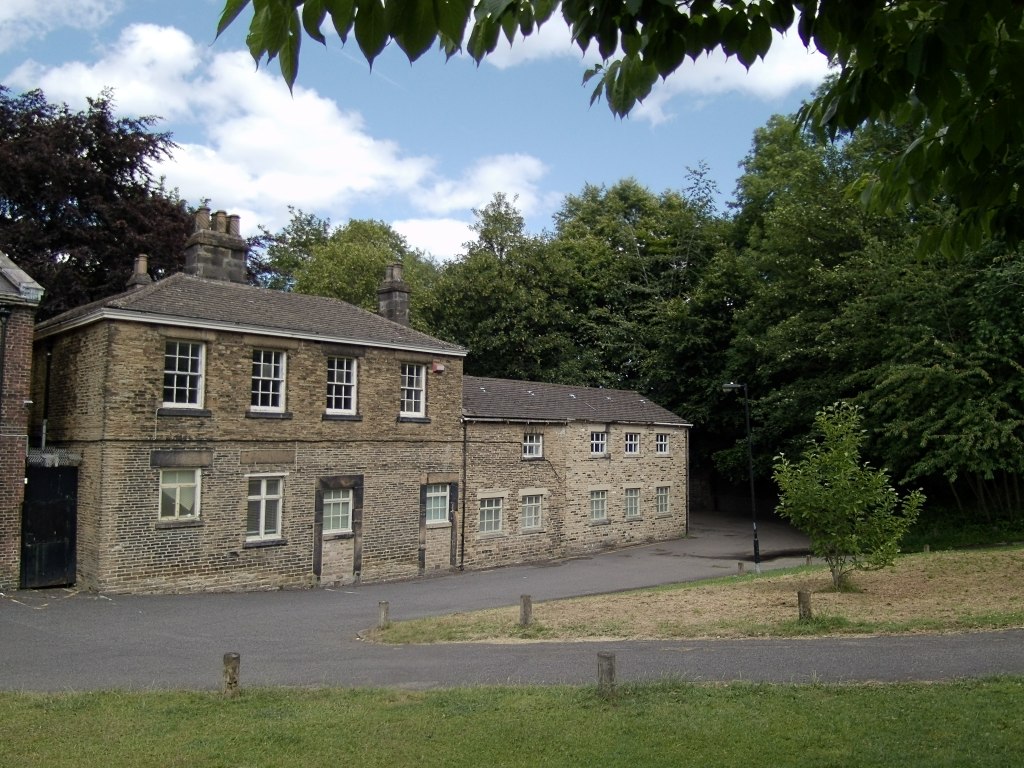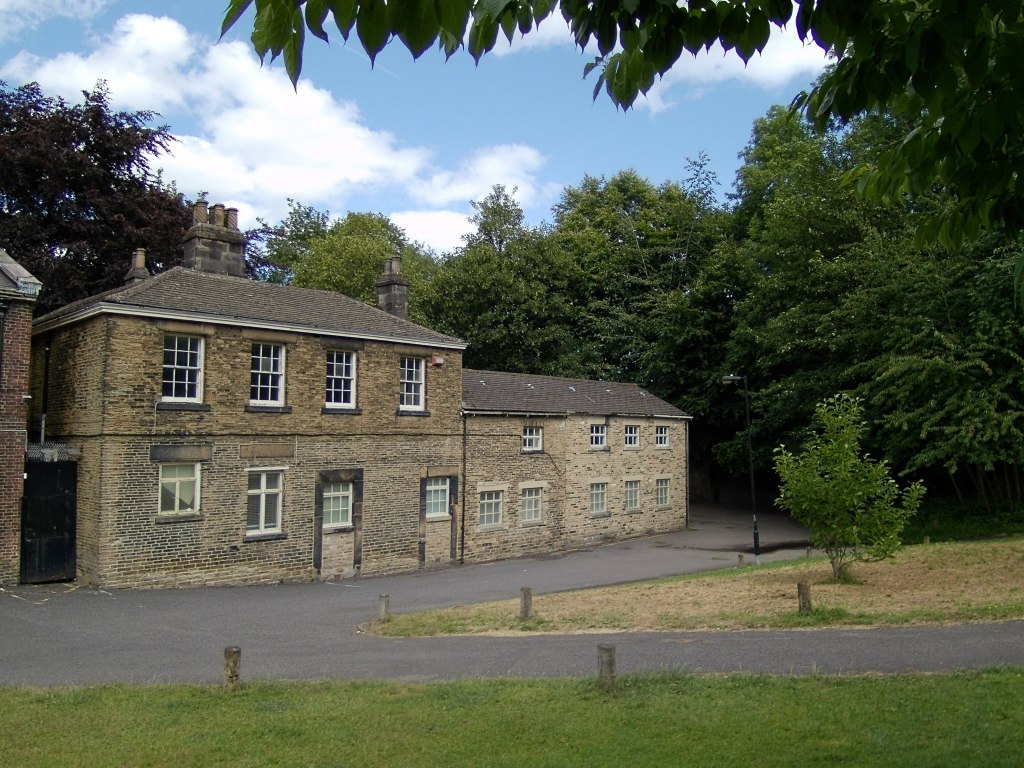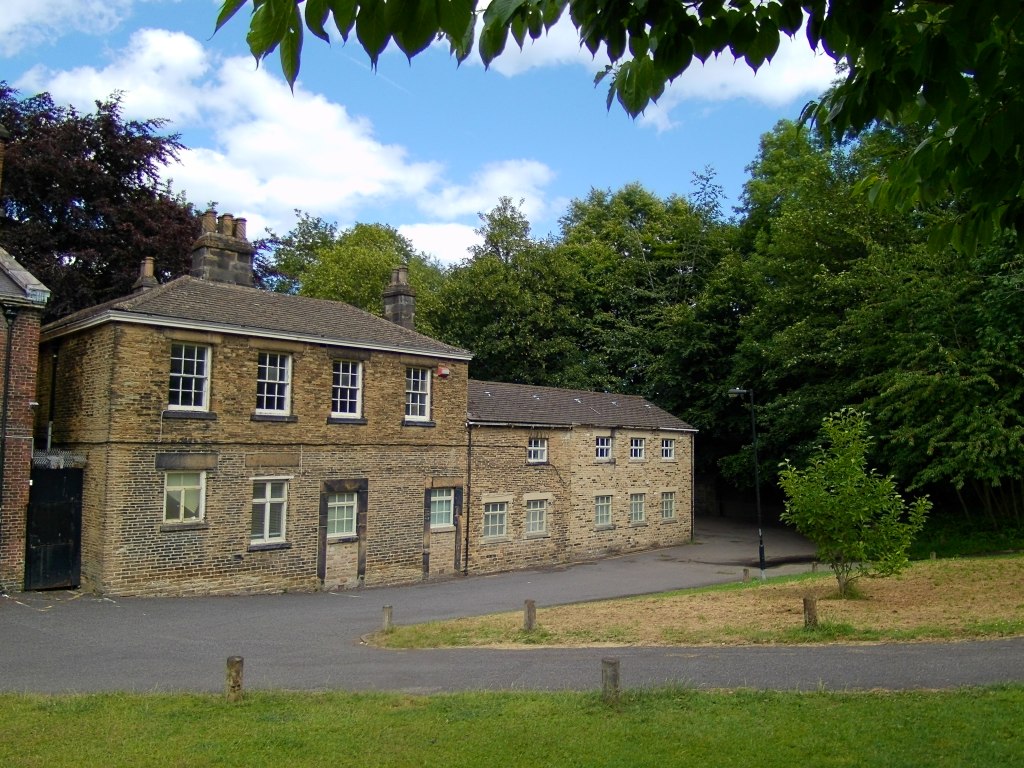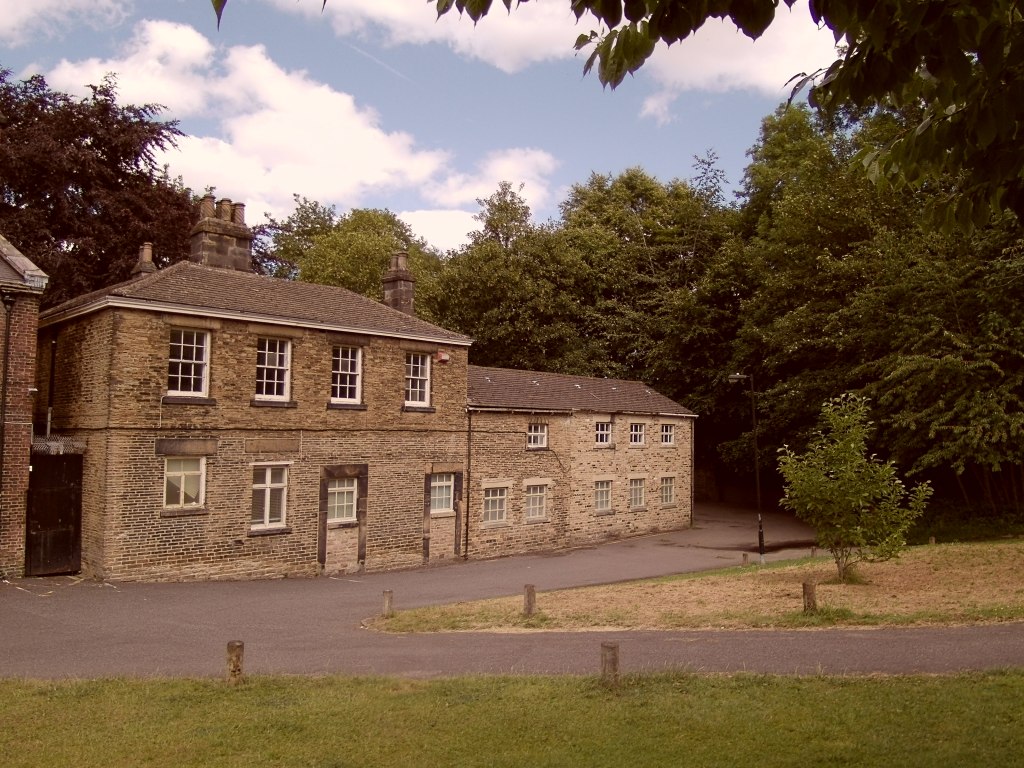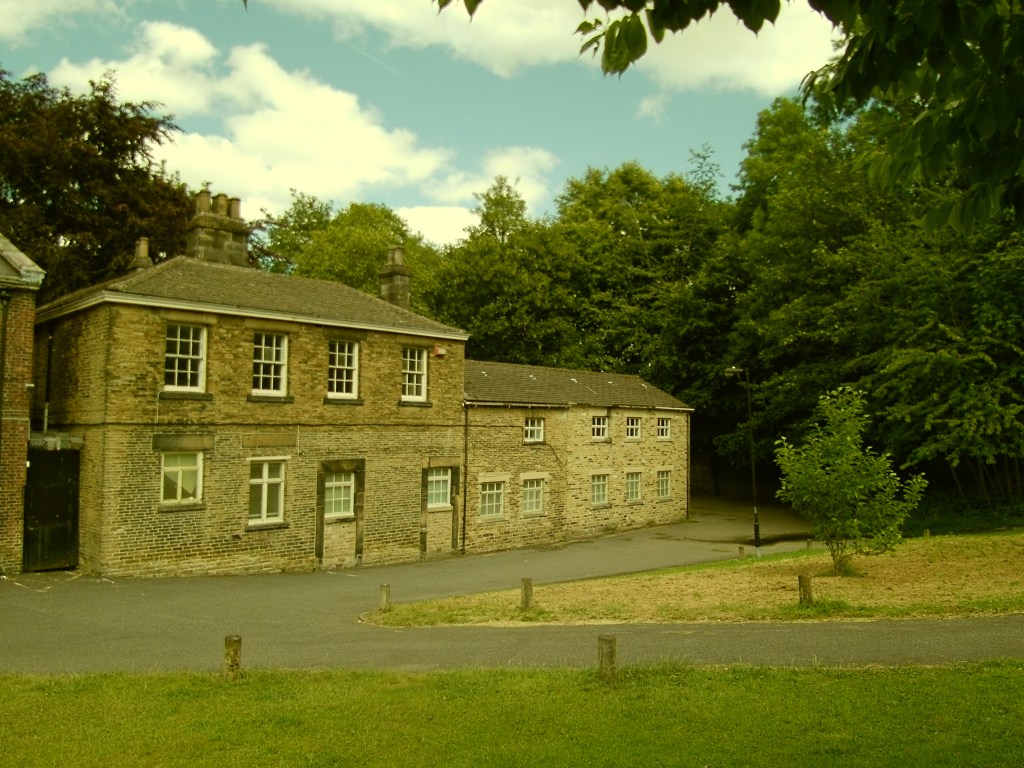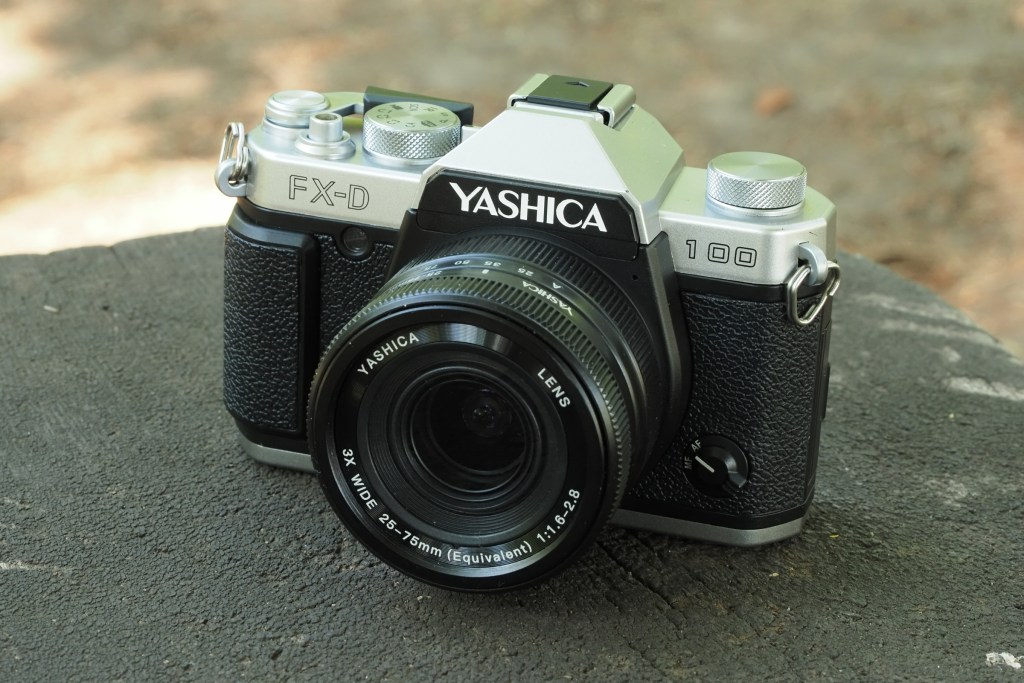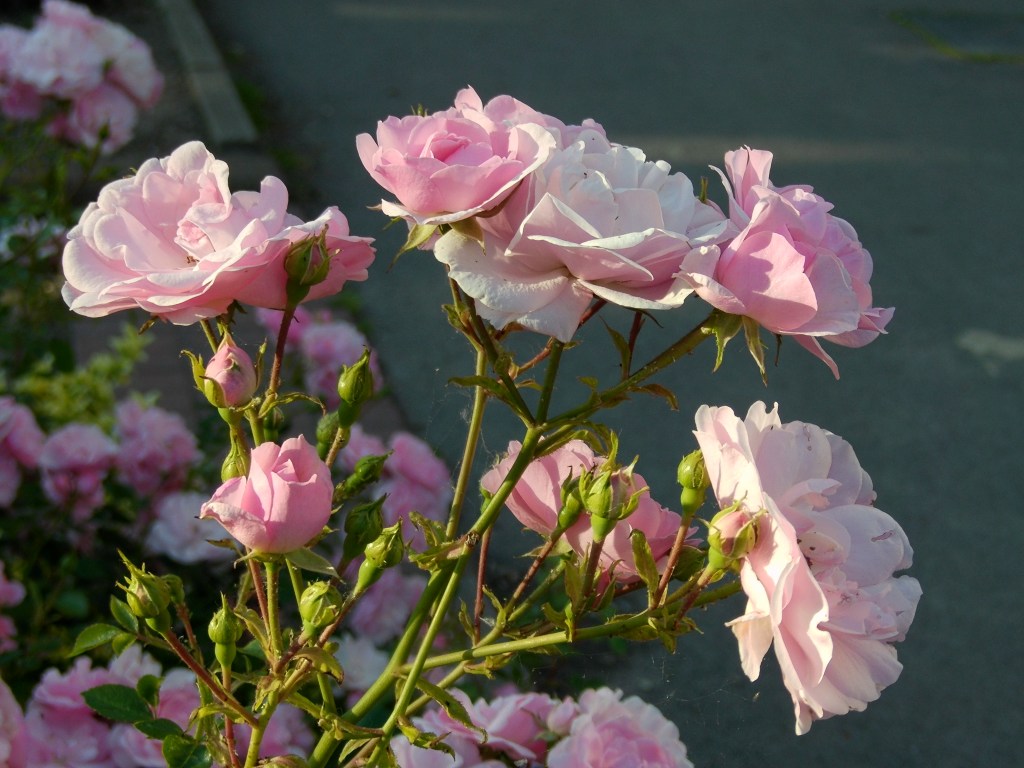Amateur Photographer verdict
Forget everything about this camera (the amazing looks, the film wind lever, and the film simulations), and there’s one unique feature on this cameras that makes this truly magical…- Gorgeous retro SLR looks
- Really looks like a mini film SLR camera
- FIlm wind lever is extremely tactile
- Infrared mode!
- Mysterious film modes (Yashica aren’t famous for making film)
- No 3:2 aspect ratio (the aspect ratio of 35mm film)
- Purple fringing and poor image quality
The Yashica FX-D 100 is Yahica’s newest compact digital camera, but comes with retro classic styling, it literally looks like a film SLR, and promises digital film simulations (and happier times). A simpler time when photography was a slower, more gentle activity, where you’d think more carefully about your next shot, as every shot cost you money. The FX-D 100 is based on the City 100, but lets you shoot like a normal digital camera, or alternatively like a pseudo film camera. Is it any good, and what’s it like to shoot with?
To begin with, it’s worth pointing out that we’re not expecting high image quality, as this camera uses a small 13MP sensor that’s smaller than most smartphone cameras these days. But if it’s fun to use, and gives us some interesting film simulations, then maybe it’s of value. Especially considering the relatively low price – it was $239 on Kickstarter early bird (now ended), but is now priced at $359 (roughly £263 at current exchange rates), and is currently ONLY available to buy on Kickstarter / Indiegogo.
At a glance:
- 13MP 1/3.06-inch stacked Sony IMX 458 CMOS sensor
- 25-76mm equivalent lens with a f/1.6-f/2.8 variable aperture
- 3x optical and 4x digital zoom
- 2.8-inch LCD flip screen display, with 640×480 resolution
- 4K 30p, 2.7K 60p, Full HD 120p video
- SD card slot
- USB-C charging in camera, Lithium-ion rechargeable battery
- JPEG capture
Yashica are also launching the FX-D 300 and FX-D 300S versions, which use a different sensor and lens setup, with a 50MP sensor, and digital/crop zoom available offering 3x “zoom”. The FX-D 300s is also going to come with an electronic viewfinder with 1.44m dots. These two models look to be slower to release, as they are not yet available for review, and come with a much higher price tag.
Yashica has an interesting history, and it’s worth pointing out that this is not the original film company, but instead a rebirth of a new company using the Yashica brand name. There have been a number of releases recently, such as the City100 and 200, as well as previous releases that haven’t been as well received, such as the Yashica Y35, perhaps one of the worst digital cameras ever released. (Yashica probably prefer it if you don’t think about that camera, but rather interesting, to me anyway, the FX-D 100 review sample came in a Y35 box, retail versions will come with the correct box).
Realistic expectations are key when purchasing products launched on Kickstarter. If you’re lucky you’ll be able to read reviews like this, and have a look at results before spending money, but on other occasions you’re left guessing what the product will actually be like, and how accurate or representative the sample and product photos are. Anyway, back to the camera at hand.
The Yashica FX-D 100 comes with six different film simulations: Ruby 60s, Sapphire 70s, Yashica 400, Golden 80s, Mono 400, and B&W 400. It’s not entirely clear what all of these film types are supposed to be. Golden 80s could be similar to Kodak Gold 200 – hence the “Gold” in the name. You can customise these, as well as set up custom settings in the custom modes (C1,2,3,4) on the mode dial, with your own customised colour and film settings, adjusted from the default setting.
Handling and design
Is it a film camera? Or a digital camera? Or some kind of hybrid film camera?
The camera operates in a normal digital mode, and a digital “Film” mode. To enter this you have to pull the “film wind lever” out slightly, this activates the film mode, then you wind the lever on all the way in order to get the camera ready to take photos, without doing this you can’t take a photo. Once you’ve done this, taken the photo, you then need to wind “the film” on again before you can take your next shot. A neat graphic will display on the screen showing the “film” being wound on.
However, if you wind the lever too hard, and you let the spring pull it back, it can easily return to the normal shooting mode, rather than staying in film mode. To take it out of film mode you make sure the film wind on lever is back in its normal position.
This lever (made of metal) can get in the way of the mode dial, so you need to turn the mode dial from the front/side slightly. The top left dial lets you scroll through the different film modes (in film sim mode), or the different colour modes (in normal modes).
In the auto mode film simulation and colour modes are simply unavailable, and you have to be in one of the other modes in order to use these.
Zoom operation…
On the lens ring you’ll find an ‘A’ setting – this lets you control the zoom level from 25 – 75mm equivalent using the back rocker switch. Alternatively you can set the zoom position using the zoom ring on the camera lens barrel, with the options being 25/35/50/75mm equivalent. There are no in-between positions when using the zoom ring.
The front ring around the lens looks like it should do something, but it does nothing, and is fixed. There’s a 49mm filter thread on the front of the lens, so you can add real filters if you want.
Build quality
The review sample I received is an early production model so isn’t final. However, the build quality is relatively good. The camera, as you’d expect, is almost entirely made of plastic, but there are a number of parts that are made of metal, which is a nice surprise. For example, the top dials are both metal, the wind-on lever is metal, and the flash hot-shoe is also metal. All of the textured grips are made of rubber, even though they look like a hard plastic.
The 2.8inch screen is reasonable, but nothing special. Text and images can look pixelated on there. It’s not a touch screen, and it can be turned to face forwards, but there is no ability to angle the screen up or down. There is no viewfinder, despite the looks. For that you’ll need to look at the FX-D 300 S.
The battery is the same as you’ll find in some old Casio Exilim cameras, and other brands, meaning it’s readily available. The NP-40 is a 3.7V 1250mAh battery and provides a reasonable battery life for a compact camera. Remember compact cameras don’t tend to have particularly impressive battery life.
The menus are relatively clear, with options for photo, video, playback settings, as well as the settings menus. In the photo settings there’s also a fisheye effect available, almost as though they didn’t know where to put the option. You can adjust the ISO speed from ISO100 to ISO3200. Digital image stabilisation is an option, cropping into the frame for video.
Performance
You can view these images in detail, simply click any photo to view them at the full size. The colour reproduction can be quite pleasing at times, and when photographing subjects closer to the camera, you can get some reasonable background blur. There are some clear issues with purple fringing and chromatic aberrations, which are visible even without viewing them at full size.
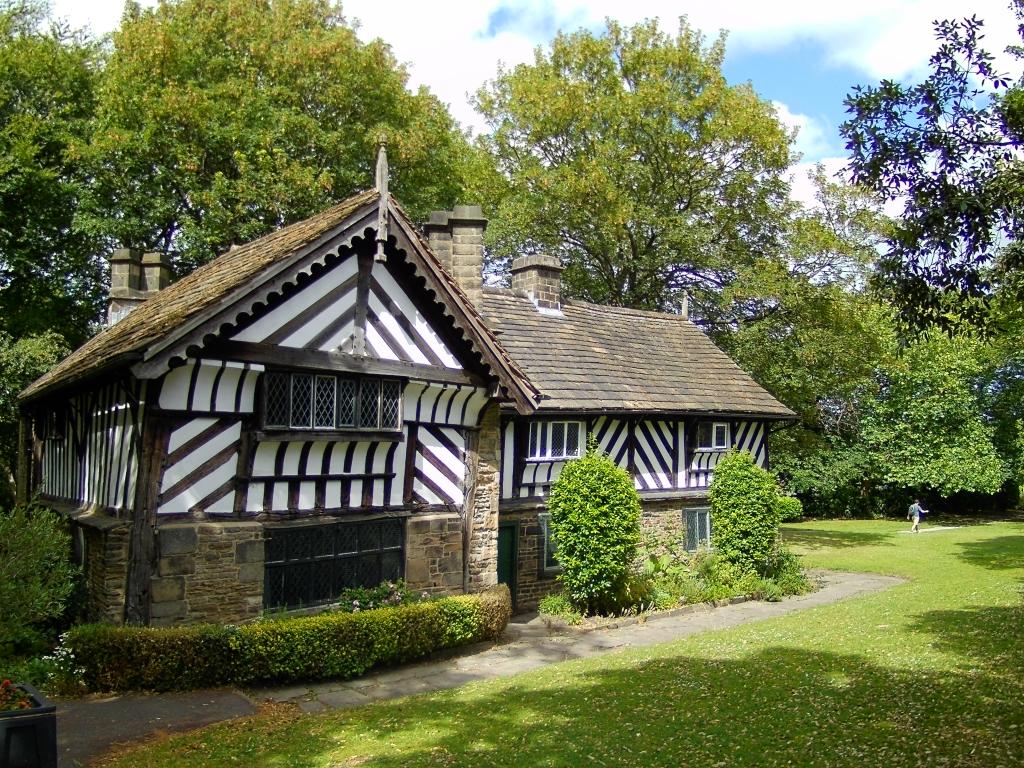
There are also areas of softness, particularly towards the edges of the frame, and there were times when the focus missed. It’s the kind of camera that makes you work for your shots, so be prepared to take a couple of shots if you’re aiming for better images.
Film simulations (shown above) give some mixed results, you’ll either like them or you won’t. I found Yashica 400 similar to the Vivid setting in the normal shooting mode, and I also quite like the Golden 80s look. I wasn’t particularly impressed by the other shooting modes, and I found there was little difference between the different grain settings. It would be nice if the grain could be turned up a bit more, particularly for the higher contrast black and white mode.
The vivid colour option gives images that look more saturated and colourful. Some of the colour filters are better than others, and only a selection is shown here. However, you could also adjust the white balance (to cloudy) for example to get warmer, more film like images.

To get the best results from the camera it can take a number of tries, and the performance of the camera (and image quality) drops dramatically when shooting in poor lighting or low-light conditions. There is no built-in flash or LED, but an accessory can be added. The LED light on the front is used as a focus assist in darker conditions.


Infra-red shooting is possible, and you can see the camera move the ‘hot pass’ infrared filter out of the way when you switch to IR mode. The camera switches to black and white shooting, and your photos are now black and white infrared photos, without any need for processing. It’s not possible to shoot colour infrared photos.
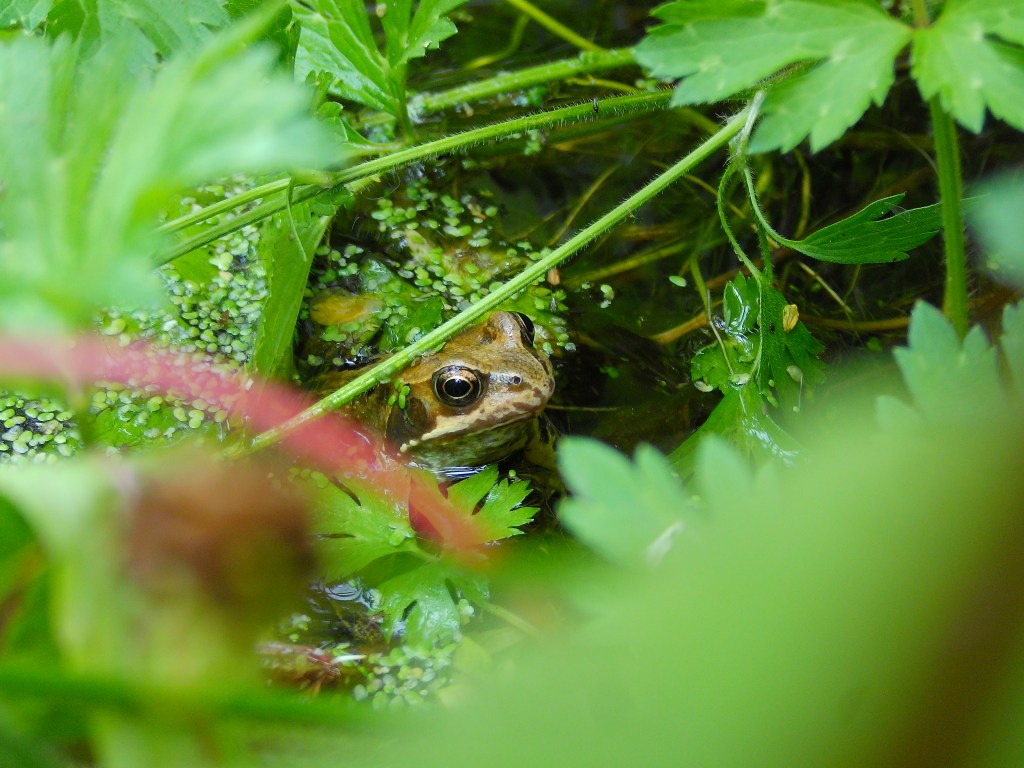
When using the full zoom, you can get some good close-up photos, using auto-focus. Switch to manual focus and you can get incredibly close, focusing on subjects directly in front of the lens.
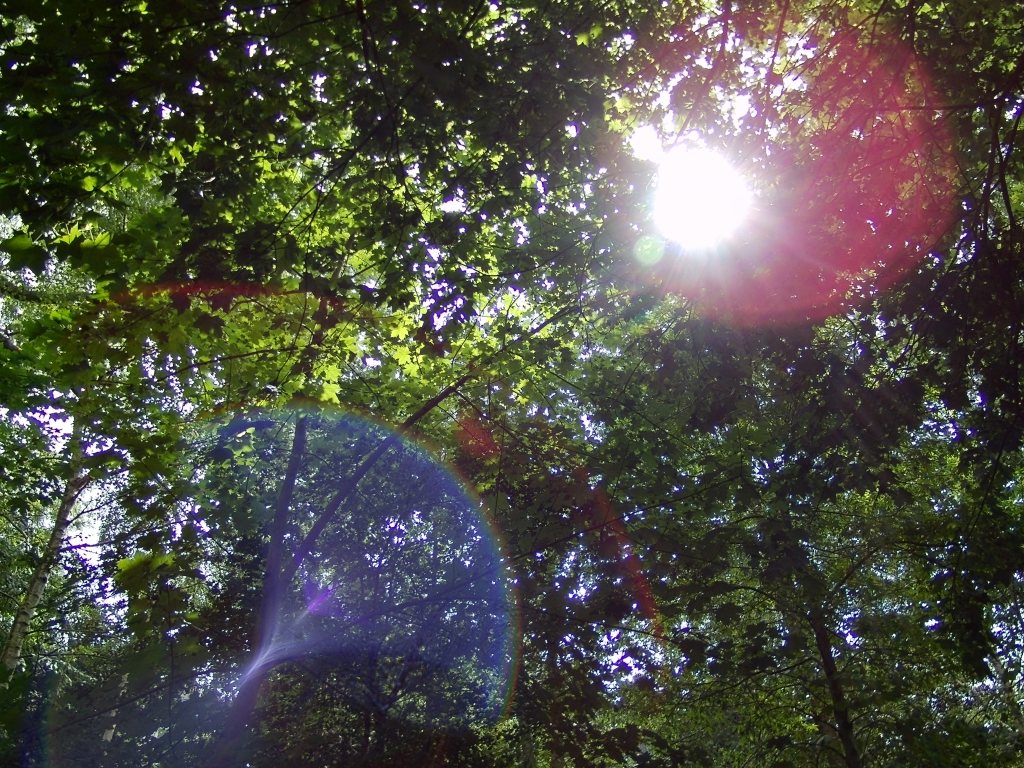
Shoot with the sun in the frame, and you can create shots with lots of lens flare, you don’t need digital filters for this effect. Looking at the photos I’ve taken with this camera, I’m quite impressed by the look of them. There’s a certain charm, and the infrared shooting is a major bonus, however, whilst I’ve included some of my best shots, there are another hundred or so shots that simply didn’t make the cut, and you can forget about shooting in low light (unless you add a flash or extra lighting).
Verdict
Forget everything about this camera (the amazing looks, the film wind lever, and the film simulations), and there’s one unique feature on this camera that makes this truly magical, and that’s the infrared feature. It also magically gets rid of purple fringing, as the photos are in black and white.
Ultimately this is a relatively fun camera to use, but the film simulations feel lacking in a fairly big way, Yashica don’t have a Fujicolor or Velvia, or Kodak Gold to fall back on, although Golden 80s might be considered Yashica’s version of Kodak Gold. There also seems to be little or no effect when the grain settings are adjusted – more grain would be nice!

And I almost can forgive the camera for this, because I still enjoy using it. It’s a neat little toy camera, that lets you mess around with a tactile device, without worrying about film costs, or trying to get the perfect shot. This camera is not about perfection – it can take some real effort to get some nice looking shots.
The camera LOOKS amazing, it’s like they’ve truly tried to recreate the old 70s film SLR camera, and it’s also fun to hold and to play with. But it’s not especially fun to shoot with, as the digital camera is relatively slow, with controls that feel a little bit awkward at times. At times, it feels like the camera gets in the way of the shooting experience (with the slow focusing and operation of an early digital camera).
The other thing worth noting is that you will get better photo quality from almost every smartphone, thanks to a number of factors, such as a larger sensor, computational photography (autoHDR etc), and advanced processing. But if you’re one of those people who are bored of taking photos with a smartphone, then the Yashica FX-D 100 may be just the ticket.
